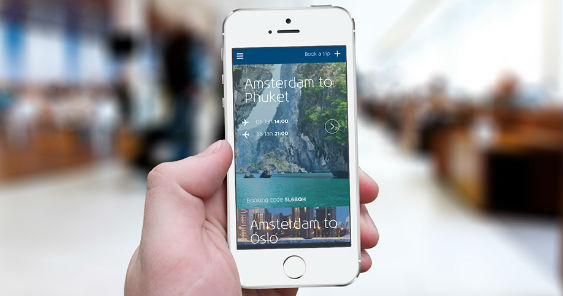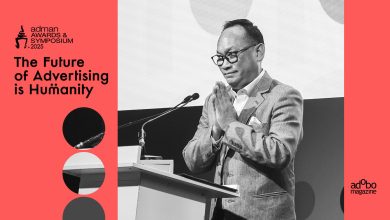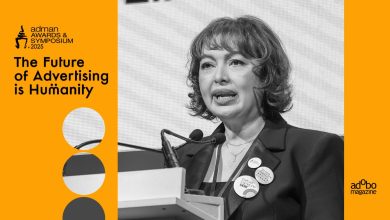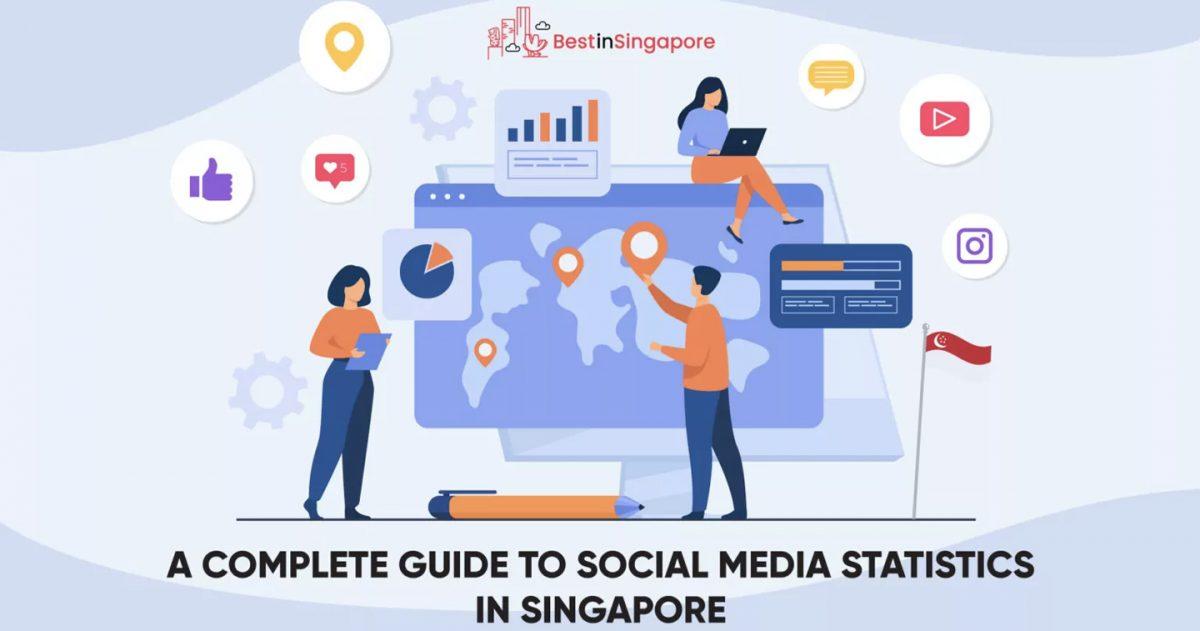AMSTELVEEN – KLM Royal Dutch Airlines has launched its new smartphone app for iOS and Android that aims to make travelling more comfortable.
Through the app, the customer can read about relevant information and recommendations. In addition, users can take advantage of the simplified booking tool, one-tap check-in, quick payment, and hassle-free seat changes.
“With this new app we have reached the next level in anticipating our customers’ needs, keeping them one step ahead of their journey. And this is only the beginning. Together with our customers we will continuously improve and further develop the app and our other mobile services,” said Tjalling Smit, Senior Vice President of E-Commerce Air France KLM.
The launch of the new app marks a first step in re-defining the KLM digital ecosystem. The app’s flat, modular architecture, together with its brand new APIs can be extended to any other digital touch point. This approach enables KLM to offer customers a frictionless and familiar experience – anywhere, anytime, on any device. Moreover, KLM will be able to analyze a customer’s previous behavior and learn about their preferences to make a personalized offer, for example, a window seat.
The app was designed by AKQA, a partner of KLM.
“KLM has taken great care to develop a truly user centered mobile platform. This sets a new standard in the way an airline interacts with its customers,” commented Rob McIntosh, Head of Experience Design Europe at AKQA.
The new KLM smartphone app is now available in the Apple App Store and Google Play Store.








